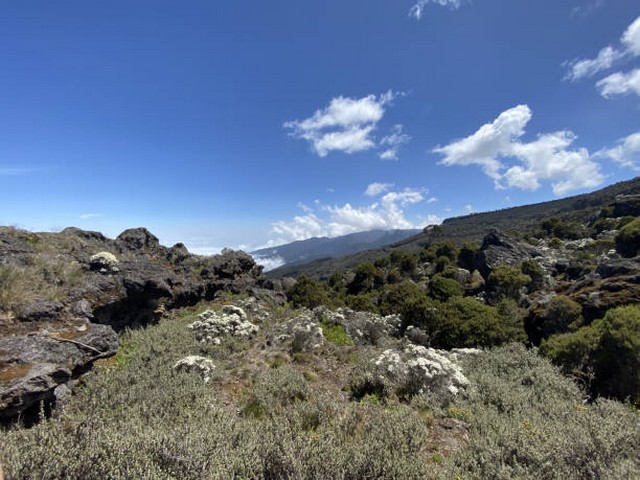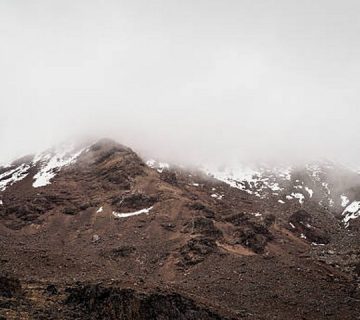What To Pack For A Kilimanjaro Trek: The Ultimate Guide
Embarking on a trek to Mount Kilimanjaro is not just about stepping onto a trail; it’s about stepping into a life-changing adventure. As the highest peak in Africa, Kilimanjaro offers breathtaking vistas, diverse ecosystems, and a truly epic journey toward its summit. However, the difference between a challenging yet rewarding trek and a struggle can often come down to one crucial factor: what you pack. Here at Kilimanjaro Centre For Trekking and Ecotourism (KCTE), we’re not just committed to guiding you safely to the summit; we want to ensure your journey is as comfortable as possible. In this comprehensive guide, we’ll walk you through every essential item you need to pack for your Kilimanjaro adventure.
Essential Clothing: Dressing for Success at Altitude
Base Layers
On Kilimanjaro, your adventure starts at the base. Base layers are crucial as they keep you warm and dry by wicking moisture away from your skin. Opt for synthetic or merino wool fabrics and avoid cotton, which retains moisture and can keep you cold.
Insulation Layers
The temperature on Mount Kilimanjaro can vary drastically. Insulation layers such as fleece jackets or down vests provide the necessary warmth during chilly mornings and colder altitudes without adding too much bulk.
Outer Layers
A waterproof and windproof jacket is essential to protect against unpredictable weather. Similarly, waterproof pants are vital, especially during the rainy season or for crossing wet areas.
Accessories
Don’t forget hats, gloves, and scarves. A good sun hat and quality sunglasses are crucial for protection against UV rays. For colder conditions near the summit, ensure you have thermal gloves and a beanie.
Footwear: A Step in the Right Direction
Hiking Boots
A durable pair of waterproof hiking boots with good ankle support will be your best friend on the mountain. Break them in well before the trek to avoid blisters.
Trekking Socks
Invest in several pairs of high-quality trekking socks and liner socks to help keep your feet dry and comfortable, reducing the risk of blisters.
Gear and Equipment: Essentials for the Climb
Backpack
A comfortable, durable backpack (30-40 liters) with a waterproof cover is essential. It should fit all your gear without being too bulky or heavy.
Sleeping Bag
Nights on Kilimanjaro can be freezing. A good quality sleeping bag rated for at least -10°C is recommended. Consider a sleeping bag liner for additional warmth.
Headlamp
A reliable headlamp with extra batteries is crucial, especially for the summit night when you’ll be trekking in the dark.
Trekking Poles
Trekking poles can reduce the impact on your knees and help with balance on uneven terrain.
Hydration System
Staying hydrated is crucial. Carry a water bottle or a hydration bladder with a minimum capacity of two liters. Water purification tablets or a water filter are also advisable.
Health and Hygiene: Staying Fit and Fresh
First Aid Kit
Include altitude sickness medication, pain relievers, band-aids, and treatment for stomach troubles. Consult your doctor before departure to get the best advice tailored to your health needs.
Sunscreen and Lip Balm
The sun at high altitude can be intense. A high-SPF sunscreen and a UV-protective lip balm are must-haves.
Toiletries and Wet Wipes
Maintain personal hygiene with biodegradable soap, toothbrush, toothpaste, and wet wipes (great for when showers are unavailable).
Nutrition and Snacking: Fueling the Ascent
Energy Snacks
Pack lightweight, high-energy snacks like nuts, chocolate, dried fruit, and energy bars to keep you going between meals.
Electrolytes
Adding electrolyte supplements to your water can help prevent dehydration and altitude sickness.
FAQs: Your Packing Queries Answered
What should I wear on summit night?
Layer up! Wear your base layers, followed by an insulating layer, and top it off with a high-quality down jacket. Don’t forget your thermal gloves, beanie, and insulated pants.
How heavy should my backpack be?
Your day pack should not exceed 10% of your body weight. Porters can assist with additional gear, but ensure it’s packed in a sturdy, waterproof duffel bag.
Can I rent equipment locally?
Yes, at Kilimanjaro Centre For Trekking and Ecotourism (KCTE), we offer rental options for essential gear like sleeping bags, boots, and insulated jackets.
How do I best prepare for altitude sickness?
Pack appropriate medication and consult with your doctor. During the trek, stay hydrated, eat well, and pace yourself.
In Conclusion: Ready, Set, Trek!
Packing appropriately for your Kilimanjaro climb can significantly influence your experience. With the right gear and preparation, you’ll be better equipped to enjoy every step of this incredible adventure. Ready to embark on this journey of a lifetime? Book your Kilimanjaro climbing experience with Kilimanjaro Centre For Trekking and Ecotourism (KCTE), and let us guide you to the roof of Africa. Your adventure awaits, and the summit calls your name—are you ready to answer?




